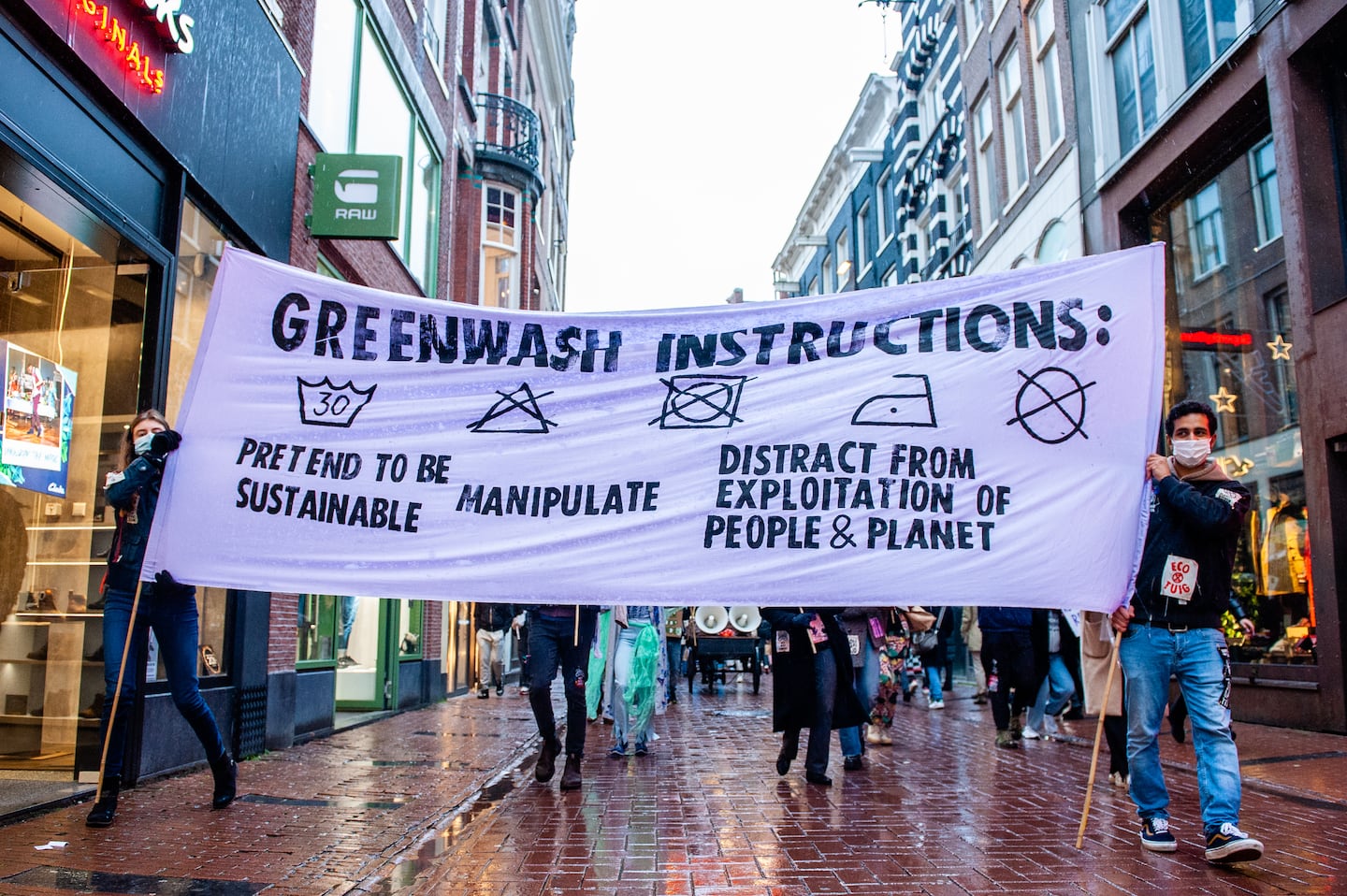
The Business of Fashion
Agenda-setting intelligence, analysis and advice for the global fashion community.

Agenda-setting intelligence, analysis and advice for the global fashion community.

Last year, the Sustainable Apparel Coalition launched a transparency programme, with the aim that its more than 250 members all publish “credible and trusted” ratings of their performance on sustainability by 2025.
Companies including H&M Group and Amazon road tested the scheme, using data from the SAC’s Higg Index to demonstrate materials in certain products had a lower environmental impact.
This week, the SAC put the programme on pause after Norway’s consumer watchdog ruled data from the Higg was misleading when used in this way.
Though the Norwegian Consumer Authority’s investigation did not focus on either company, Amazon said it has removed labels underpinned by Higg data from its store, while H&M Group said it was in the process of doing the same.
ADVERTISEMENT
The controversy around one of fashion’s most widely used sustainability ratings amplifies growing criticism of the largely industry-backed and self-regulated standards and certifications that serve to underpin big brands’ sustainability claims.
Years of slow and limited progress has fuelled criticism that a lack of ambition, transparency and accountability have left these schemes representing little more than a “licence to greenwash,” according to environmental campaigning organisation Changing Markets Foundation. Now, regulators are starting to pay attention.
For fashion, it’s a pivotal moment to step up and address shortcomings or risk the industry’s sustainability efforts facing a total crisis of credibility.
Broadly speaking, the issues facing the Higg Index are threefold.
Firstly, critics ranging from independent experts to lobby groups for natural fibres like wool, silk and leather, argue its methodology is not robust enough and does not take into account important impact areas (Norway’s consumer watchdog pointed to the fact the emissions associated with manure were not included in assessments or organic cotton, for instance).
Secondly, the quality of the data itself has been widely contested as unrepresentative, inconsistent and inaccurate, in some cases based on old or limited datasets.
Finally, the way the data has been used has been careless. It was described as “oversimplified, inaccurate and imprecise” by Norway’s Consumer Authority, which investigated marketing at outerwear brand Norrøna, but also sent warning letters to the SAC and H&M Group. Some of the product profiles H&M had been displaying were simply wrong, according to a Quartz investigation published this week.
H&M said it is looking into irregularities it says were caused by technical issues and human error that it discovered while removing the Higg Index from its website.
ADVERTISEMENT
Fixing all these issues is not easy, but what needs to change is clear. Where the methodology has been challenged, a clear framework is needed to identify the most significant metrics for each material and ensure any dataset underpinning the Index assesses these consistently.
Investment is needed in research to secure better, current and more representative data. How companies use the information needs to be carefully managed to ensure it is not misleading. And more transparency is required to enable accountability and encourage continuous improvement.
Some of the criticism of the tool also needs to be weighed carefully. For instance, I’m yet to be convinced that big brands are leveraging the Higg Index to justify using plastic-based materials over natural ones, as a recent feature in The New York Times suggested. That kind of rebrand requires a degree of sophistication generally lacking in pitches about materials purporting to be more sustainable, when they’re actually largely plastic. Mostly, those contain no data at all.
The SAC has acknowledged the need for better data. It is commissioning a third-party review of the Higg Materials Sustainability Index, the tool at the heart of the current controversy. And it said it is also working on a comprehensive programme to update the quality and accessibility of data through industry partnerships.
Higg Inc., the for-profit data platform that spun out of the SAC in 2019 to host the Higg Index, said that funding such data gathering itself was beyond its capacity and resources. Earlier this year it raised $50 million to expand into other sectors.
Doing nothing is hardly an option if the industry wants to avoid a permanent taint of greenwashing. The current debate should be seen as an opportunity to address fashion’s data gap and create more accountability around sustainability claims.
For more BoF sustainability coverage, sign up now for our new Weekly Sustainability Briefing by Sarah Kent.
The fashion industry continues to advance voluntary and unlikely solutions to its plastic problem. Only higher prices will flip the script, writes Kenneth P. Pucker.
The outerwear company is set to start selling wetsuits made in part by harvesting materials from old ones.
Companies like Hermès, Kering and LVMH say they have spent millions to ensure they are sourcing crocodile and snakeskin leathers responsibly. But critics say incidents like the recent smuggling conviction of designer Nancy Gonzalez show loopholes persist despite tightening controls.
Europe’s Parliament has signed off rules that will make brands more accountable for what happens in their supply chains, ban products made with forced labour and set new environmental standards for the design and disposal of products.